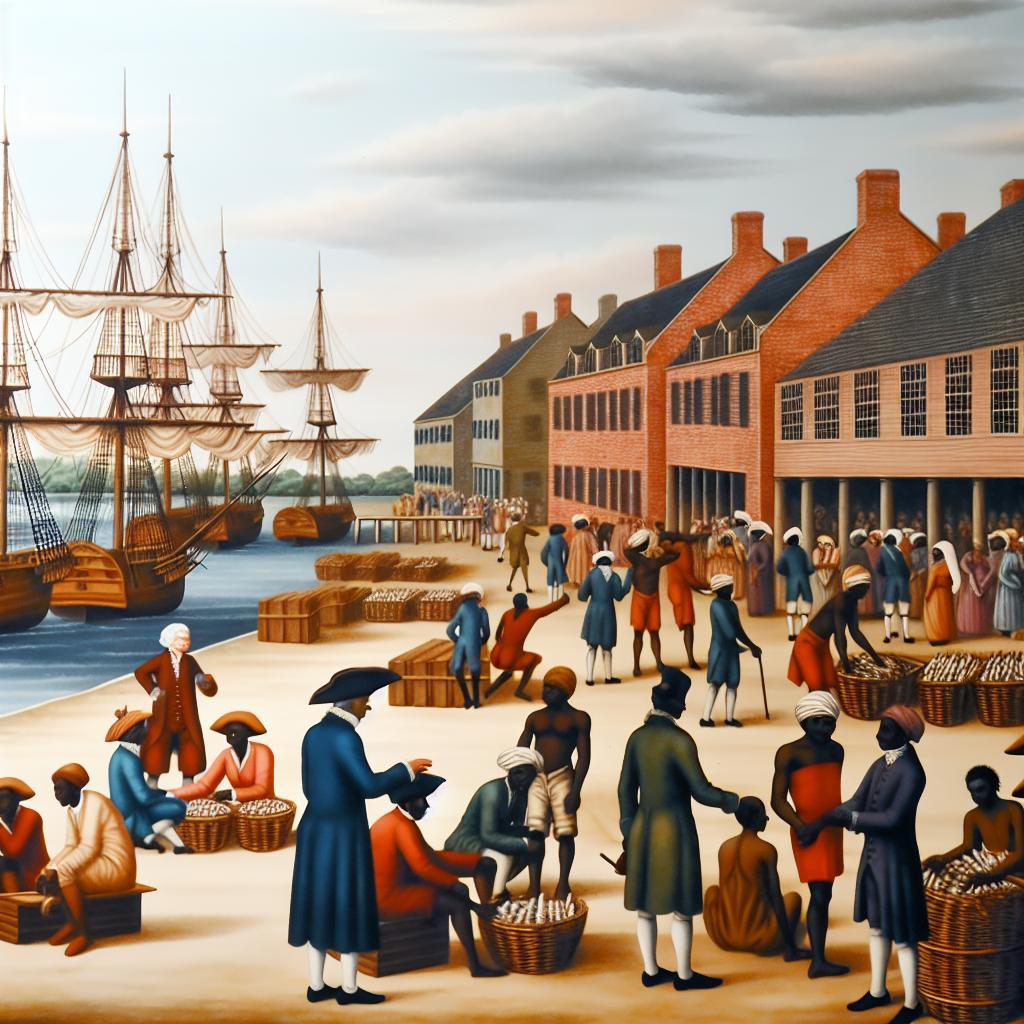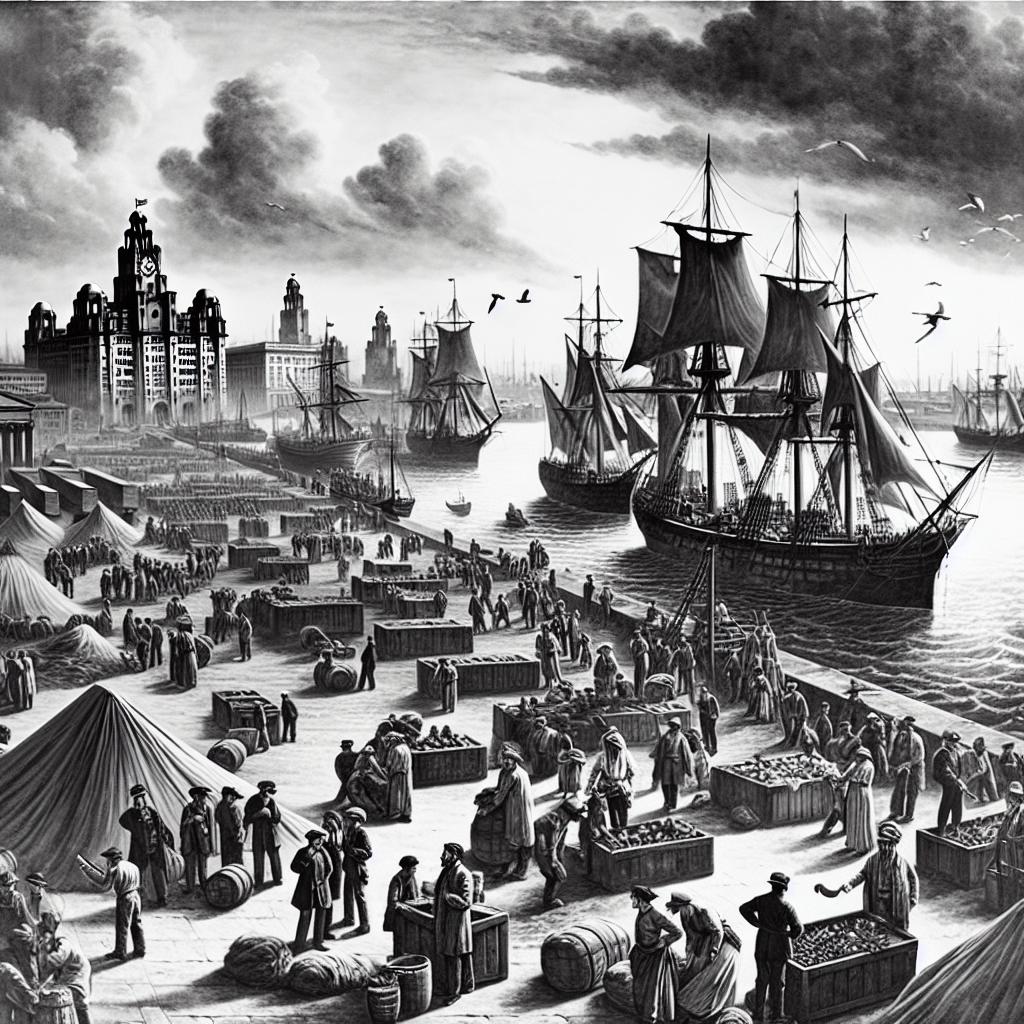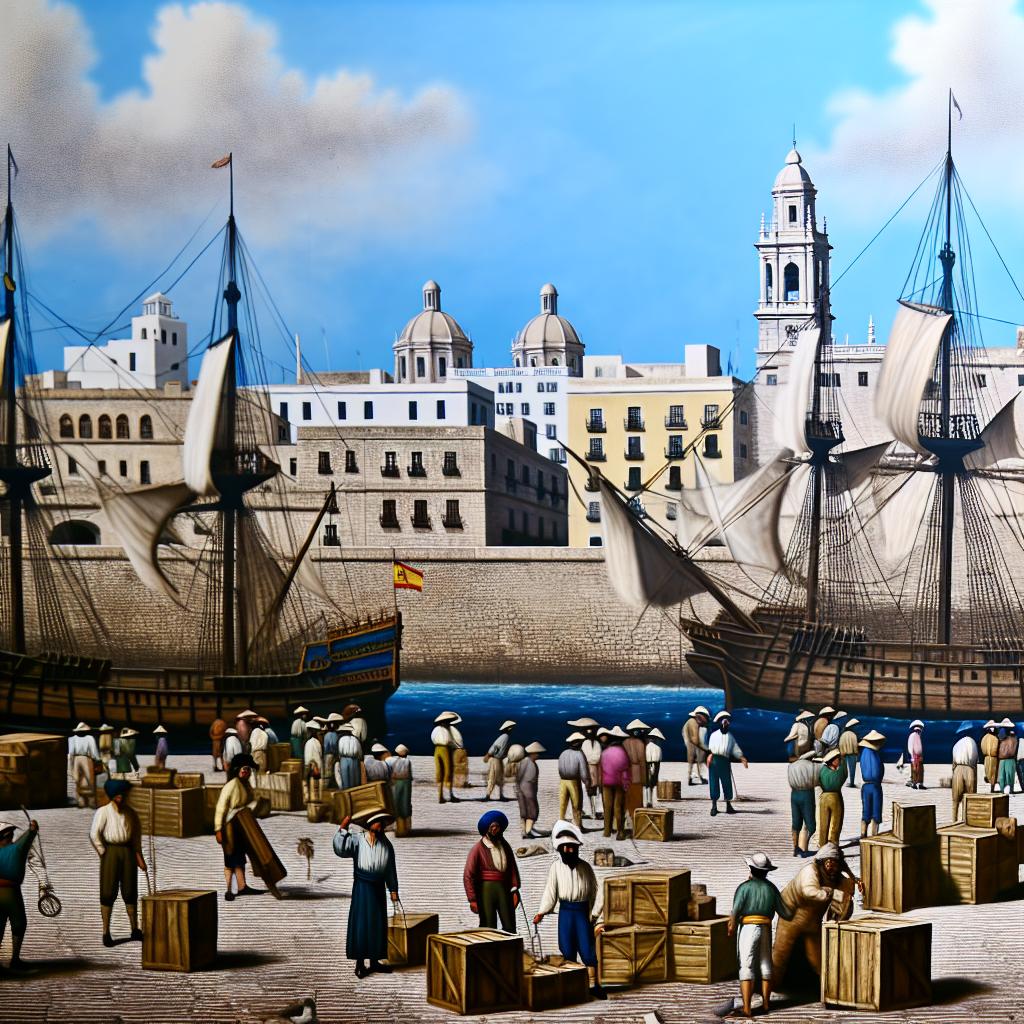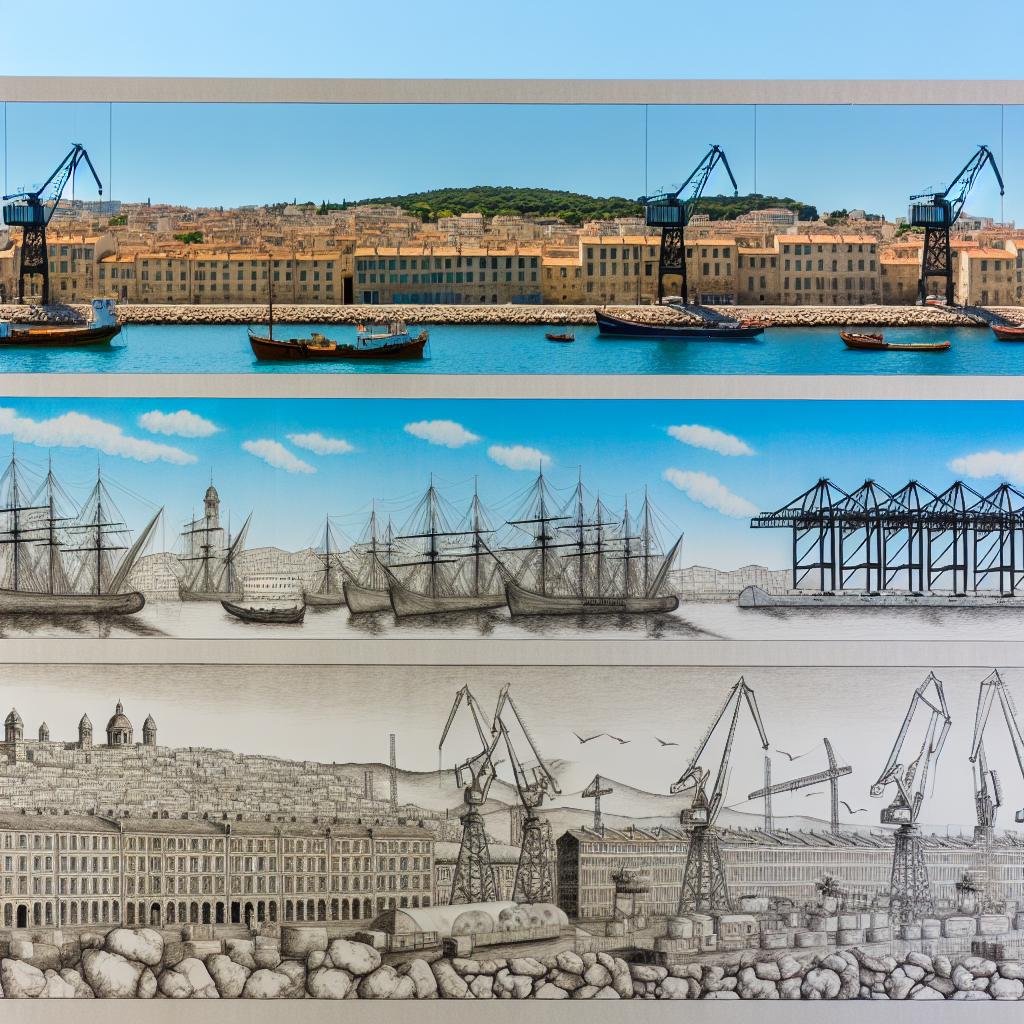The Historical Significance of the Port of Alexandria
The Port of Alexandria, strategically situated on the Mediterranean coast of Egypt, has held a central role in global trade for centuries. Established by Alexander the Great in 331 BCE, Alexandria was envisioned as a hub for commerce and a melting pot of cultures. The port naturally extended this vision by serving as a crucial entry and exit point for goods between the East and West. Through its ability to facilitate affluent trade and cultural exchanges, the port underpinned Alexandria’s status as a bustling economic and cultural powerhouse.
Ancient Trade and Economic Power
In antiquity, the Port of Alexandria was a vibrant commercial center that witnessed the regular movement of various commodities. Goods such as grain, papyrus, textiles, and spices flowed through its docks, symbolizing the significant economic activity that characterized the city. Due to Alexandria’s favorable position at the crossroads of Africa, Europe, and Asia, it was not only a focal point for regional trade but also a theater of international commerce. The city’s esteemed reputation for wealth stemmed from its role as a key junction in the Roman trade network, fostering economic prowess that was recognized throughout the ancient world.
Beyond the exchange of materials, the port also acted as a conduit for cultural and intellectual exchange. Scholars, philosophers, and traders from diverse backgrounds converged in Alexandria, contributing to a cosmopolitan environment rich in ideas and intellectual vigor. This fusion of knowledge and trade reinforced Alexandria’s prominence and made it a beacon of ancient wisdom and cultural synthesis.
The Role of the Great Lighthouse
Central to the operational success and enduring legacy of the Port of Alexandria was the Great Lighthouse, famously known as the Pharos of Alexandria. Constructed with the purpose of ensuring safe passage for sailors navigating the bustling harbor, the lighthouse was both a practical edifice and a symbolic monument of the city’s maritime significance. Recognized as one of the Seven Wonders of the Ancient World, its towering structure not only epitomized Alexandria’s architectural and technological capabilities but also represented the city’s enduring stature as a leading hub of maritime activity.
The lighthouse, with its strategic positioning and innovative design, played a pivotal role in maintaining a seamless flow of trade into and out of the port. By enabling secure navigation, it ensured that Alexandria remained competitive and attractive to merchants from across the globe, solidifying its leadership in ancient trade networks.
Decline and Transformation
Despite its initial success, the Port of Alexandria faced various challenges leading to a decline in its historical prominence. Shifting trade routes, often influenced by changing geopolitical landscapes, redirected commercial focus away from the Mediterranean. Additionally, a series of political upheavals further impacted the region, occasionally disrupting trade routes and diminishing the port’s strategic importance.
Nevertheless, the Port of Alexandria demonstrated resilience, adapting to the evolving dynamics of regional and international trade. It continued to serve as a functional maritime facility, albeit with reduced prominence, gradually adjusting its operations to fit the changing demands of commerce. This adaptability was key to the port’s sustained utilization over the centuries, allowing it to persist as a relevant trade hub despite broader shifts in the economic landscape.
Modern Developments
Fast forward to the contemporary era, the Port of Alexandria has witnessed substantial revitalization to align with modern shipping demands. A suite of strategic improvements has been implemented, reinforcing the port’s capacity to handle the increasingly sophisticated requirements of global trade. Expanded docks now accommodate a wide range of vessels, including large container ships and bulk carriers, reflecting the port’s adaptation to modern logistical standards.
Enhancements in logistical systems and security measures have further strengthened the port’s efficiency and safety, ensuring its continued role as Egypt’s primary port for import and export activities. Today, the Port of Alexandria accounts for over 60% of Egypt’s foreign trade, underscoring its continued relevance and indispensable position in the nation’s economic infrastructure.
As it bridges continents, the Port of Alexandria echoes its historical role as a significant maritime nexus, reflecting a seamless blend of ancient grandeur and modern functionality. The continuous investment in infrastructure and technology reaffirms its strategic importance, enabling it to meet the evolving challenges of global commerce while honoring its storied past.
In conclusion, the Port of Alexandria stands as a testament to the dynamic interplay of history and modernity. Over the centuries, it has retained its critical relevance, serving as an integral component of Egypt’s and the Mediterranean’s trade systems. Its enduring legacy is a reflection of its capacity to evolve and adapt, maintaining a pivotal role in the ever-changing landscape of global trade. Thus, the Port of Alexandria not only embodies a rich historical narrative but also continues to shape the future of international commerce through its ongoing contributions to economic and cultural exchange.




